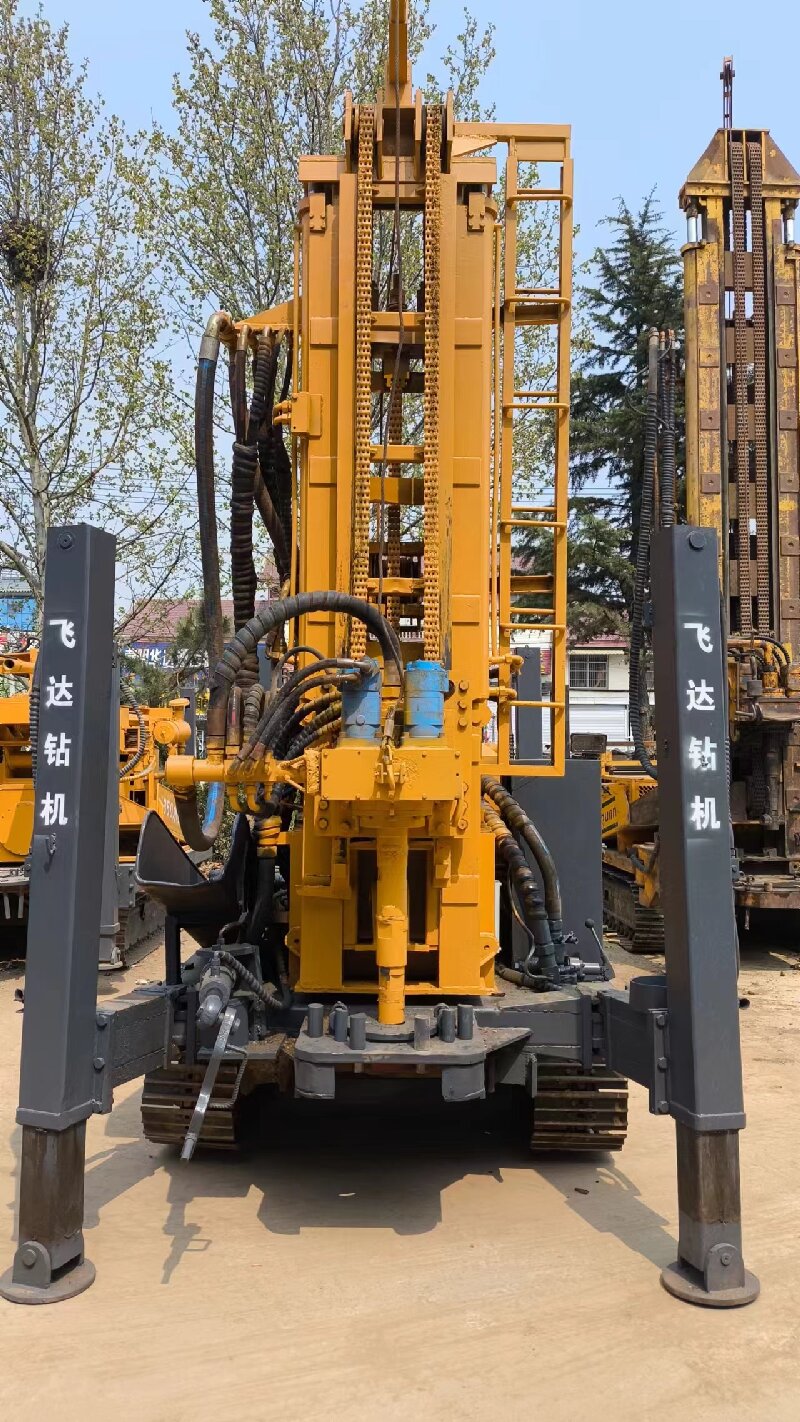Top 5 Reasons for Drilling Stuck and How to Fix Them
Stuck pipe is a common and troublesome issue encountered in drilling operations. The causes of stuck pipe are multifaceted, primarily attributed to poor drilling fluid properties, operational errors, complex geological formations, and inadequate drill string design. Let's delve into these causes and their corresponding solutions.

I. Poor Drilling Fluid Properties
-
Excessive fluid loss: Excessive fluid loss results in the formation of thick mud cake, increasing frictional resistance and creating a filter cake that can cause the drill string to adhere to the borehole wall.
-
High sand content: High sand content in the drilling fluid leads to the formation of a rough mud cake on the borehole wall, reducing lubrication and increasing frictional resistance.
-
Insufficient cleaning: Inadequate cleaning of the drilling fluid, which may contain long fibers or other plugging materials, can increase the likelihood of the drill string getting stuck.
II. Operational Errors
-
Prolonged static time: Prolonged static time of the drill string, especially in deviated wells, can cause the drill string to adhere to the mud cake on the low side of the borehole due to gravity.
-
Low circulation rate: A low circulation rate of the drilling fluid and infrequent movement of the drill string can increase friction between the drill string and the borehole wall.
III. Geological Formation Conditions
-
High formation dip: In sections with high formation dip, the swelling of shales due to water absorption can cause the borehole to constrict, making it difficult for the drill string to pass.
-
Poorly consolidated formations: Poorly consolidated formations, such as sandstones and conglomerates, are prone to collapse during drilling, leading to stuck pipe.
IV. Inadequate Drill String Design
-
Lack of stabilizers: Inadequate drill string design, such as the absence of stabilizers on drill collars, can cause the drill string to deviate in the borehole, increasing the risk of stuck pipe.
-
Multiple trips: Multiple trips can cause key seats to wear out, leading to stuck pipe.
V. Other Causes
-
Dry drilling: Drilling without sufficient circulation of drilling fluid can cause the drill string to become stuck.
-
Keyseat sticking: The formation of keyseats during drilling operations can cause the drill collar or drill bit to become lodged in the bottom of the seat.
-
Restricted circulation: Reduction in borehole diameter due to excessive fluid loss or formation swelling can prevent the drill string from passing.
To effectively prevent and address stuck pipe incidents, appropriate measures must be taken based on the specific circumstances.
